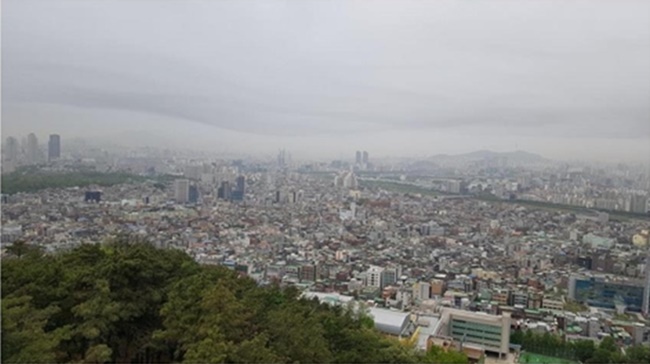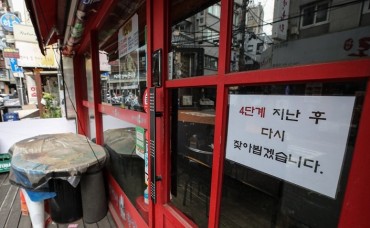
According to statistics published by the National Institute of Forest Science yesterday, fine dust levels in and around Hongneung Arboretum in Seoul recorded during April and May were significantly different from those in an area 2 kilometers away. (Image: National Institute of Forest Science)
SEOUL, May 31 (Korea Bizwire) – Urban forests are thought to be one of the most effective tools to tackle fine dust, as a new report has revealed neighborhoods surrounding parks and mountains can experience reductions in airborne fine dust of up to 40 percent compared to other areas.
According to statistics published by the National Institute of Forest Science yesterday, fine dust levels in and around Hongneung Arboretum in Seoul recorded during April and May were significantly different from those in an area 2 kilometers away.
Fewer of both the PM10 and PM2.5 types of find dust particles were found in the area under the influence of urban forestry, particularly PM2.5, the so called fine dust.
In the city center, the average level of airborne dust (PM10) was estimated at 60.2㎍/㎥ while the rate was only 42.4㎍/㎥ in the heart of Hongneung Arboretum. Though figures varied depending on the location in the arboretum, the average fine dust level in and around Hongneung Arboretum was 25.6 percent lower.
When it came to fine dust, the gap between the city center and the urban forest widened, with the estimated average level in the city center being 23.5㎍/㎥, while the figure fell to nearly 13㎍/㎥, in some areas, a drop of up to 40 percent in fine dust levels.
“Tree leaves can absorb fine dust particles while branches and stems catch and trap them. As temperatures are relatively low and humidity is high, fine dust particles tend to sink to the ground more quickly in urban forests,” researcher Park Chan-yeol at the National Institute of Forest Science said.
Ashley Song (ashley@koreabizwire.com)






